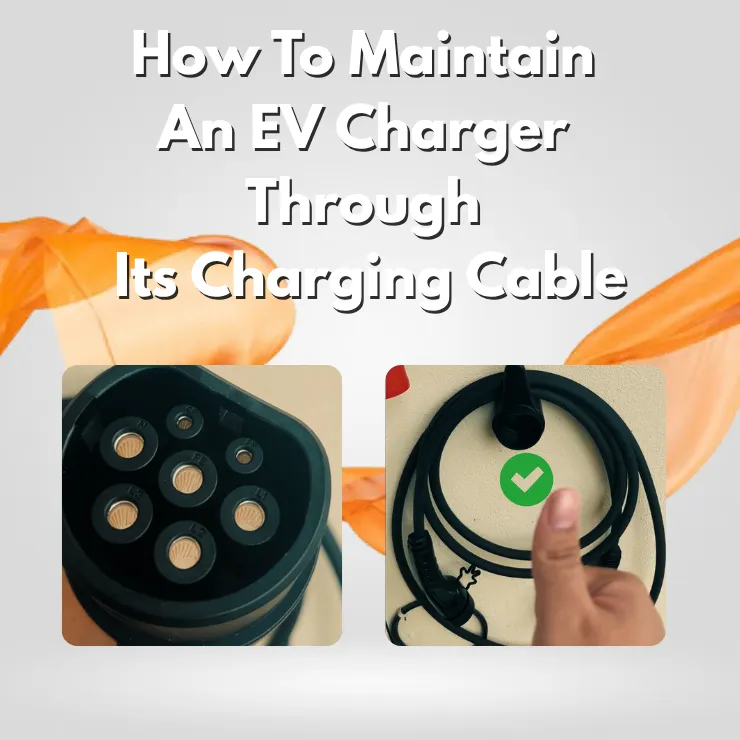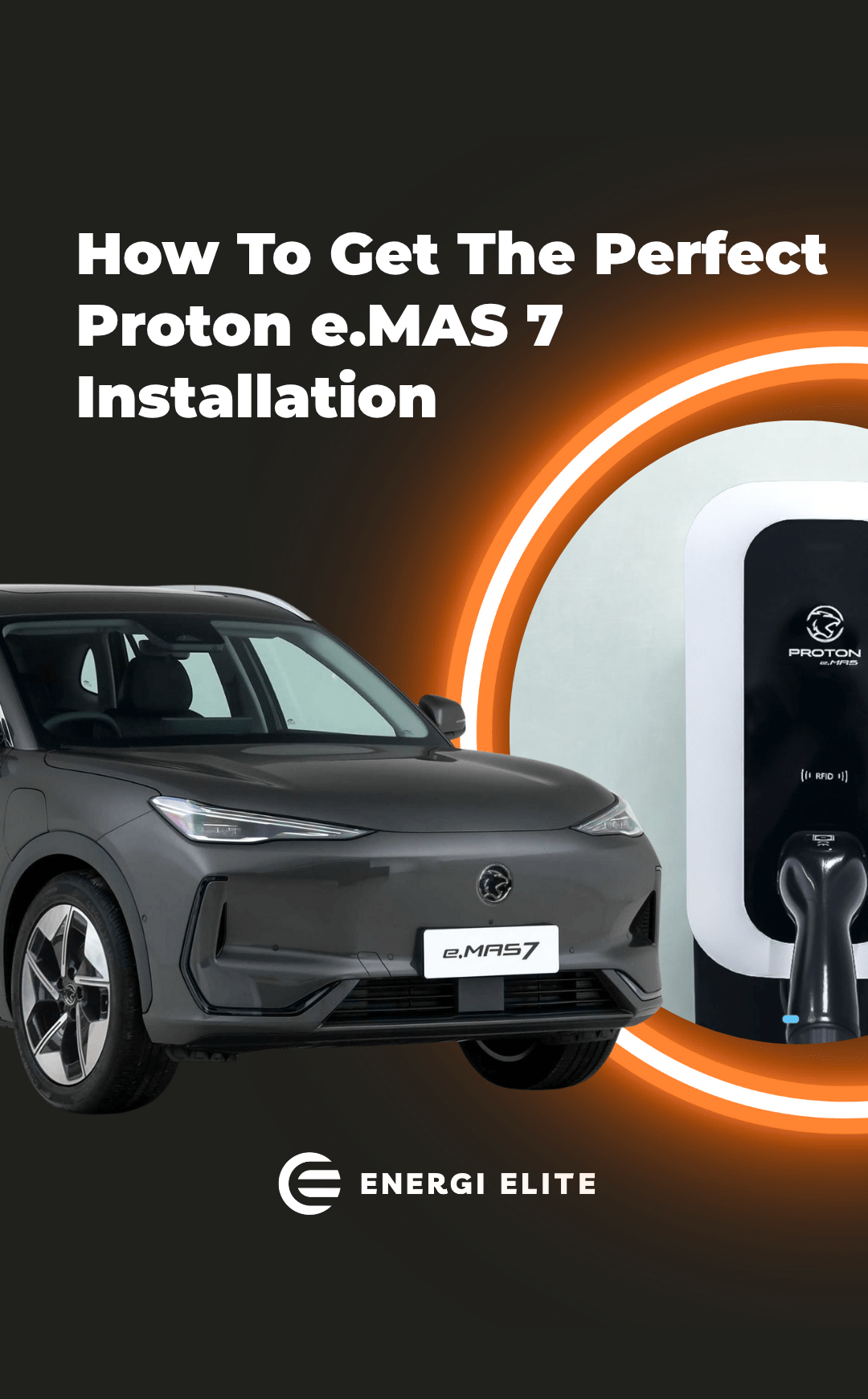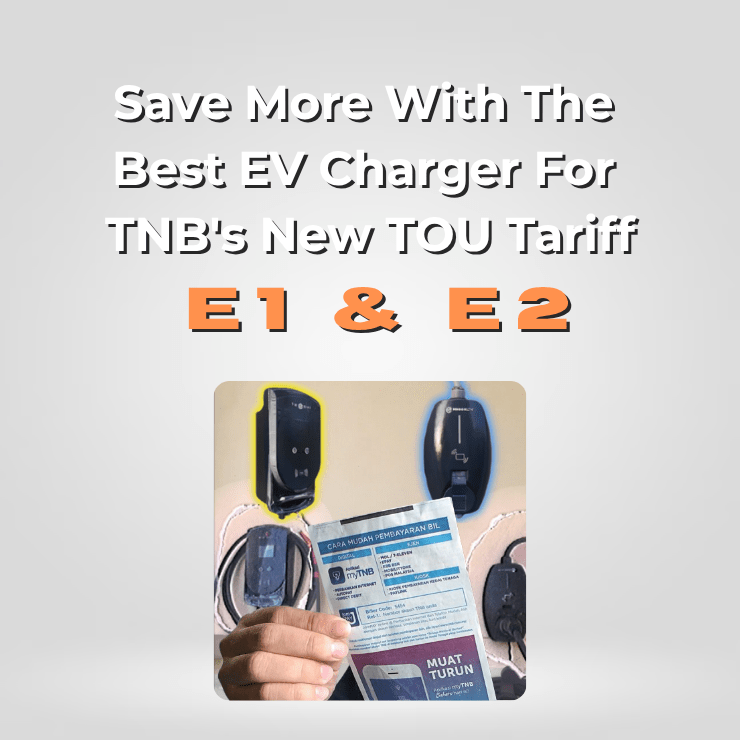How To Maintain An EV Charger Through Its Charging Cable

A new EV charger may have just been installed, but the lingering question of how it should be maintained is often raised. While EV chargers are not as delicate as other electronic devices, proper maintenance is still recommended to extend their lifespan. Below are three tips on how long-term care can be ensured through the charging cable itself.
Essential Charging Cable Tips That Every EV Owner Should Know
Considering that the charging cable is essentially the medium through which energy is transferred between the EV charger and the electric vehicle, its condition should be carefully preserved. Fortunately, a few simple practices can be followed to ensure that the charging cable is maintained in optimal working condition.
- Keep the cable off the ground
- Proper Storage
- Regular Inspection
Charging Cable : Keep It Off The Ground
While the charging cable is rated to withstand a certain degree of force, repeated exposure to pressure, such as being run over by a vehicle, should be avoided. Over time, internal conductors may become frayed or damaged, even if the outer sheath appears fine. As a result, increased resistance can occur, which may risk an electrical fire.
Regular Inspection Of The Cable
The charging cable and connector should be frequently inspected for any signs of fraying or debris before being plugged into the EV. Any issues identified with the cable should be addressed immediately. If an E2 modular EV Charger is being used, repairs can be simplified; what would typically require servicing the entire unit can instead be resolved by easily swapping out the damaged cable.
Proper Storage After Use
Care should be taken after charging is completed, as proper storage of the cable can contribute to a longer lifespan by preventing kinks and internal conductor damage. With installations carried out under Energielite, a complimentary holster is provided, which also serves as a docking point for the cable’s header. It is recommended that the cable be loosely coiled rather than tightly looped, as excessive tension may introduce unnecessary stress over time.




